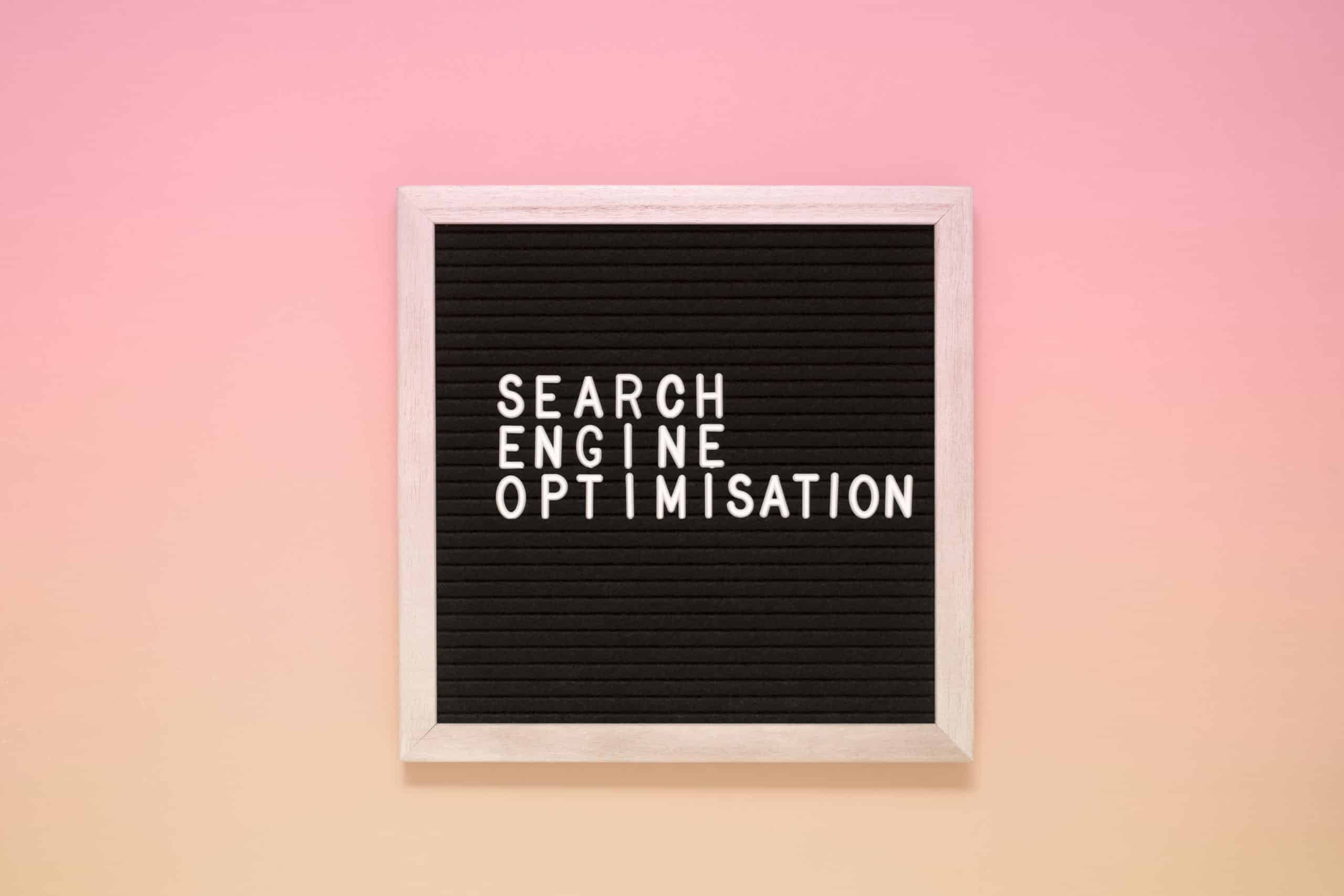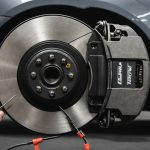Securing the best vehicle deal in the UK requires more than just a keen eye for price tags. Understanding trade-ins is essential for maximising your investment. This guide reveals expert strategies to help you negotiate effectively, choose the right time, and leverage your vehicle’s value. With these insights, you’ll unlock the ultimate trade-in experience and drive away with a deal that truly benefits you. Let’s embark on this journey to smarter buying and trading!
Understanding Vehicle Trade-In Value
When considering a trade-in, understanding the factors influencing your vehicle’s value is crucial. Vehicle appraisal is a comprehensive process that takes into account various elements such as the car’s age, mileage, condition, and market demand. A well-maintained vehicle with lower mileage typically holds a higher trade-in value. Additionally, specific makes and models may be more desirable, affecting their market valuation positively.
Additional reading : Unlocking Your EV”s Resale Potential: Expert Battery Management Tips for UK Owners
To accurately assess your vehicle’s worth, it’s vital to conduct a thorough market valuation. Start by researching similar vehicles in your area to understand the going rates. Online resources and dealership websites can offer insights into current market trends. This research helps you set realistic expectations and strengthens your position during negotiations.
The importance of market research cannot be overstated. By being informed, you can identify the right time to trade in your vehicle, potentially maximizing your return. Market trends fluctuate based on factors like seasonality and economic conditions, which can impact demand and pricing.
Also to discover : Maximizing Your Car”s Air Conditioning Efficiency for the Variability of UK Weather
Ultimately, a well-informed approach to trade-in value ensures you make the most of your asset. Understanding these dynamics empowers you to negotiate effectively, ensuring you receive a fair offer.
Preparing Your Vehicle for Trade-In
Achieving optimal trade-in readiness involves careful vehicle preparation. The first step is to thoroughly clean and detail your vehicle. A clean car makes a positive impression, suggesting it has been well cared for. This includes washing, waxing, and vacuuming the interior. Pay attention to small details, such as removing personal items and deodorizing the cabin, as these can enhance your vehicle’s appeal.
Next, address any necessary repairs and maintenance. A vehicle in good mechanical condition often commands a higher trade-in value. Check for minor issues like scratches, dents, or worn-out tires, and consider repairing them if cost-effective. Ensure routine maintenance is up to date, such as oil changes and brake checks, as this reflects the vehicle’s overall condition positively.
Finally, gather all important documents. This includes the vehicle’s title, registration, and maintenance records. Having these documents readily available demonstrates responsibility and transparency, which can facilitate smoother negotiations. Additionally, a comprehensive service history can reassure potential buyers about the vehicle’s reliability and care history.
By focusing on these aspects of vehicle preparation, you not only enhance your car’s condition but also position yourself for a more advantageous trade-in offer.
Researching Trade-In Offers
When it comes to trade-in offers, thorough research is essential to secure the best deal. Understanding the landscape of dealership comparisons and gaining market insights can make a significant difference.
Evaluating Different Dealerships
Start by visiting multiple dealerships to compare their trade-in offers. Each dealership may evaluate your vehicle differently, based on their current inventory needs and sales strategies. By obtaining offers from various places, you can identify the best deal and leverage this information in negotiations.
Using Online Valuation Tools
Online valuation tools are invaluable for gaining market insights. Websites like Kelley Blue Book and Edmunds allow you to input your vehicle’s details and receive an estimated trade-in value. These tools consider factors such as make, model, year, and condition, providing a benchmark to compare dealership offers against.
Understanding Regional Variations
Be aware of regional variations that can impact trade-in offers. Market demand and economic conditions may differ from one area to another, affecting the value of your vehicle. For instance, a truck may be more desirable in rural areas, whereas a compact car might be preferred in urban settings. Adjust your expectations accordingly to ensure you receive a fair offer.
Negotiating the Best Trade-In Deal
Navigating the trade-in negotiations process requires strategic thinking and effective negotiation strategies. To start, approach dealer interactions with confidence, armed with knowledge about your vehicle’s value and market trends. This preparation enables you to discuss offers assertively.
Effective Negotiation Tactics
Begin by presenting your research and any competing offers you’ve received. Highlighting these can strengthen your position and encourage the dealer to offer a fair price. It’s crucial to remain calm and professional, as this demeanor can positively influence the negotiation.
Knowing When to Walk Away
One of the most powerful negotiation strategies is knowing when to walk away. If a dealer’s offer doesn’t meet your expectations, be prepared to leave. This tactic can sometimes prompt the dealer to reconsider and present a better offer. Remember, patience is key in trade-in negotiations.
Leveraging Competing Offers
Use competing offers to your advantage. By informing the dealer of better offers elsewhere, you can create a sense of urgency, prompting them to improve their proposal. This approach not only enhances your bargaining power but also ensures you’re getting the best possible deal.
With these strategies, you can navigate dealer interactions effectively, ensuring a successful trade-in negotiation.
Common Pitfalls to Avoid
When navigating the trade-in process, being aware of common pitfalls can save you from costly mistakes. One frequent error is overvaluing or undervaluing your vehicle. It’s easy to let emotional attachment cloud judgment, leading to unrealistic expectations. To avoid this, rely on objective data and market research to set a fair value.
Another trade-in mistake is failing to negotiate the total deal. Often, individuals focus solely on the trade-in value without considering the overall transaction, including the purchase price of the new vehicle. This oversight can result in less favourable terms, even if the trade-in value seems fair.
Ignoring dealer incentives and promotions is another common pitfall. Many dealerships offer trade-in bonuses or special deals that can enhance your overall savings. By overlooking these opportunities, you might miss out on additional value. Always inquire about current promotions and how they can be integrated into your deal.
To navigate these negotiation errors, maintain a comprehensive view of the transaction. This approach ensures you not only secure a fair trade-in value but also benefit from the best possible deal overall. Being informed and strategic can significantly impact the outcome of your vehicle trade-in experience.
Finalizing the Trade-In Process
Finalizing the trade-in process involves meticulous attention to detail, particularly regarding paperwork and the vehicle transfer. Understanding the necessary documents can prevent delays and ensure a smooth transaction. Typically, you’ll need the vehicle’s title, registration, and any lien release documents if applicable. These papers confirm your ownership and facilitate the legal transfer to the dealership.
Timing your trade-in is crucial for maximizing value. Market conditions can fluctuate, affecting your vehicle’s worth. Aim to trade in when demand for your type of vehicle is high, which can often be influenced by seasonal trends or economic shifts. This strategic timing can enhance your negotiating power and potentially increase your return.
To ensure a smooth transaction, verify that all paperwork is accurate and complete before finalizing the deal. Double-check details such as the agreed trade-in value and any additional terms. It’s also wise to confirm the dealership’s process for transferring ownership, ensuring that the vehicle is no longer under your name once the deal is complete. By focusing on these aspects, you can finalize the trade-in process confidently and efficiently, securing the best outcome for your vehicle.














